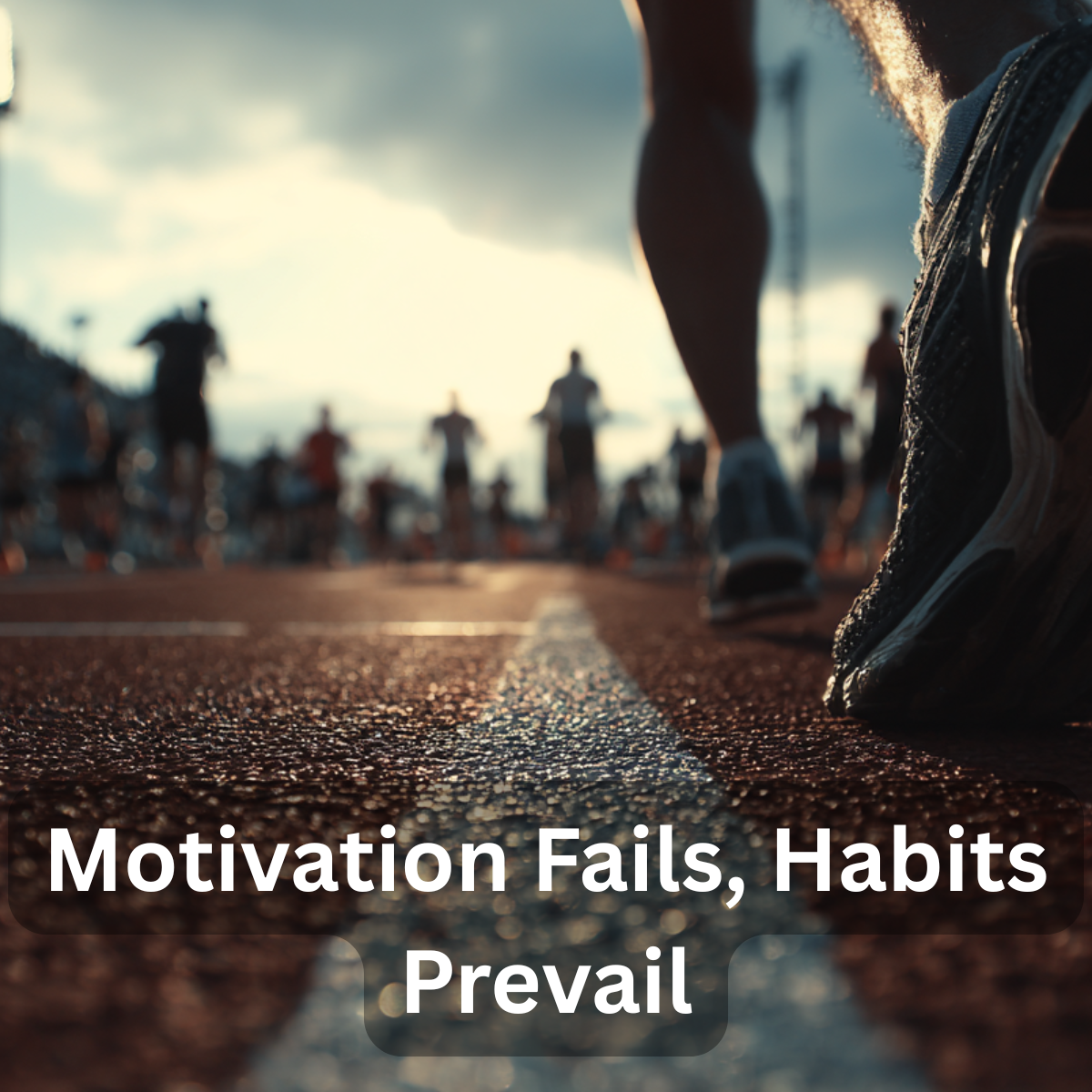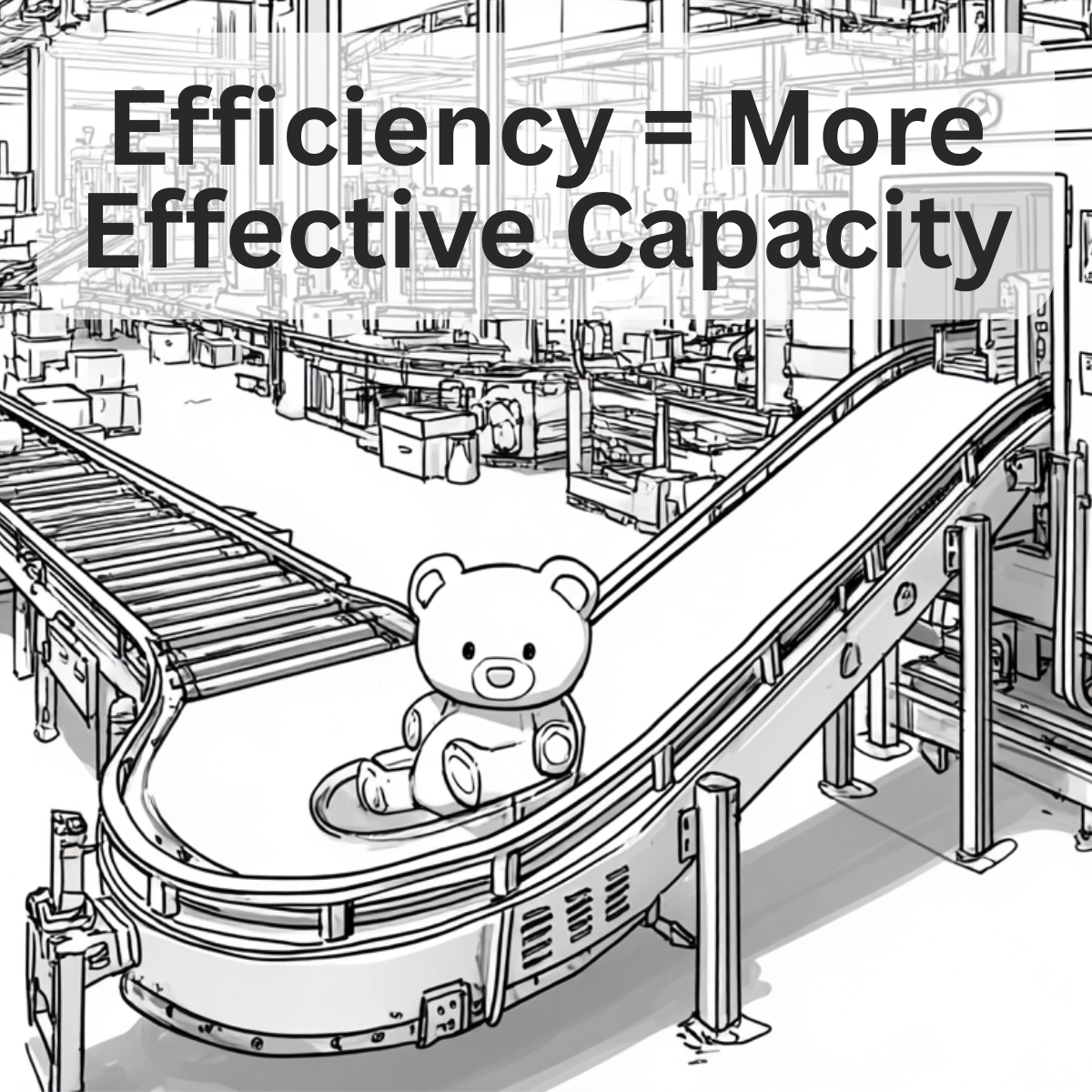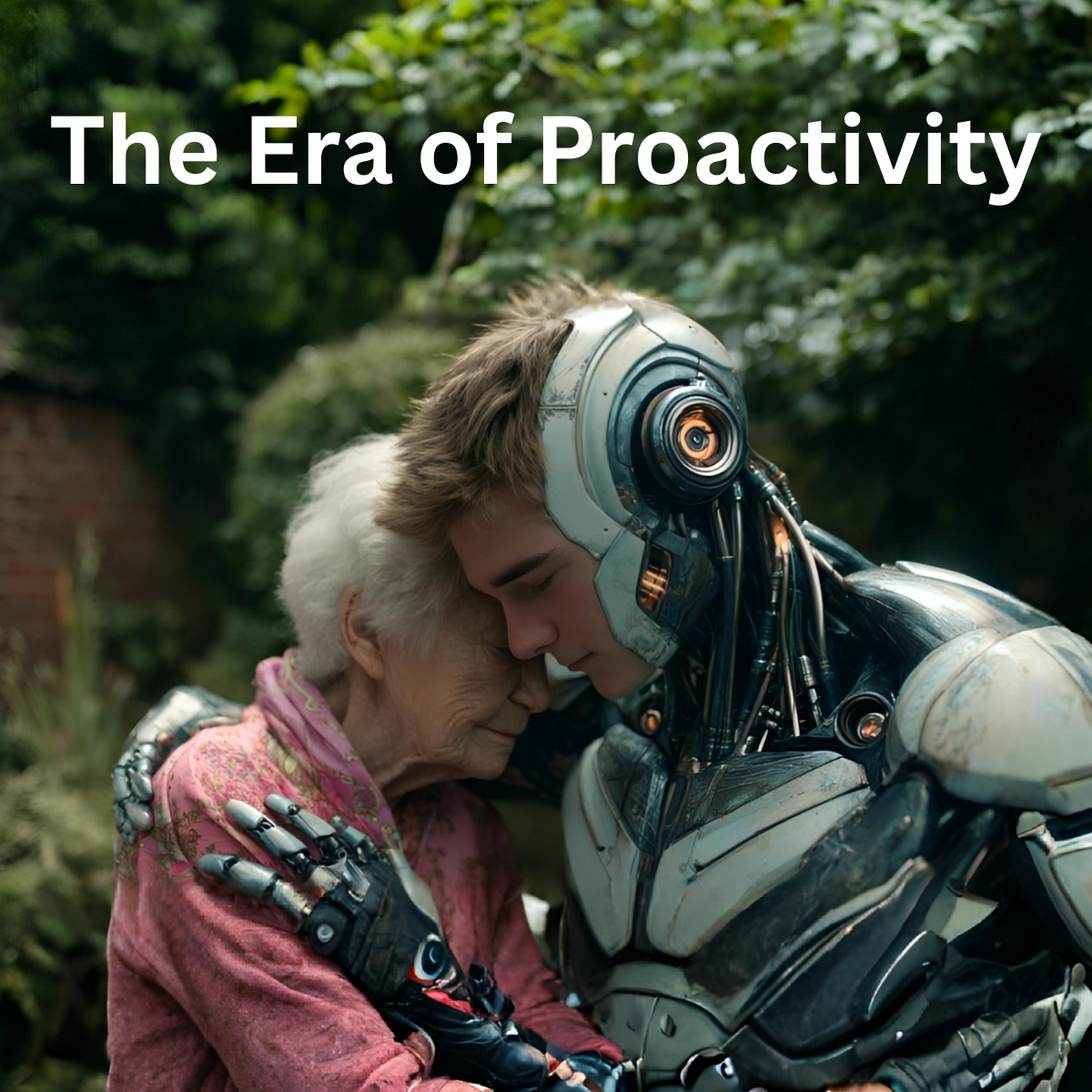Yesterday, while fixing a door on a cabinet in my disorganized garage, I couldn’t find a measuring tape. Instead, I used the width of my thumb to estimate where to drill the holes for the new hinge—about three thumbs wide. This makeshift solution made me wonder about the phrase ‘rule of thumb.’ Though it wasn’t precise, it was sufficient for hanging the door. This experience illustrates a heuristic, a practical method not guaranteed to be perfect but good enough for the task at hand, which is often how we solve everyday problems.
Understanding Heuristics
In my field, I often hear people use the term ‘heuristic,’ sometimes to describe logic that seems slightly mystical or hard to explain. For example, one might say, ‘The software uses a series of heuristics to derive a solution,’ which is somewhat ironic since the term itself is frequently used as a heuristic to sound knowledgeable. A heuristic is a practical approach to problem solving or decision making that isn’t guaranteed to be perfect or optimal but is sufficient for arriving at a quick approximation. This is why the phrase ‘rule of thumb’—a simple, practical rule—is often synonymous with a heuristic. In English, when specific concepts lack commonplace expressions, speakers may adopt catchy phrases to capture their meaning.
The Human Brain: A Natural Heuristic Machine
I will now always remember that ‘rule of thumb’ and heuristic share the same fundamental idea: a shortcut that allows for faster processing or decision-making by sacrificing some accuracy. This realization explains why humans have so quickly embraced artificial intelligence. By nature, we are living, breathing heuristics—our brains are adept at making quick decisions that are roughly correct. We are inherently designed to seek shortcuts, spending much of our time trying to simplify how we process the world with minimal effort. Thus, when presented with a low-cost tool like AI that enhances this ability, our conversion is almost instantaneous.
The Complexity of Heuristics
However, the concept of a heuristic is much more complex than simply creating shortcuts. There are definitely various methods for deriving faster, easier ways to make decisions, and it’s important to distinguish between them because some can lead humans to make significant errors in judgment. For example, a commonly used heuristic is based solely on recognition. This can lead to errors, such as when voting for candidates; recognizing a name on a ballot might lead us to select that candidate for no reason other than familiarity. Similarly, when judging quality, we tend to prefer what we recognize over other characteristics. To caution against these biases, English speakers have coined phrases like ‘Don’t judge a book by its cover’ or ‘Don’t just eyeball it.’
Recognition Heuristics and Cognitive Biases
The effectiveness of heuristics can be good or bad, depending on the situation in which they are used. A shortcut may be suitable because the resulting approximation is acceptable for the task at hand. It may also be adequate if the errors produced fall within an acceptable range of failure that does not cause harm. Any heuristic, whether it’s a common human practice or a machine-driven algorithm, needs to be carefully considered in terms of the value of the decision-making speed and performance versus the potential issues caused by mistakes.
The Double-Edged Sword of Heuristics
In conclusion, the concept of heuristics serves as a double-edged sword in both human cognition and technological applications. From the simple act of using a thumb to measure space in a pinch to the complex algorithms driving today’s AI, heuristics enable us to navigate our world with a blend of speed and efficiency that perfect accuracy often cannot offer. However, as we’ve seen, this expedience comes with its own risks, particularly when shortcuts lead to oversights or misjudgments. It’s crucial, then, that we approach heuristics with a critical eye—valuing them for their utility but also recognizing their limitations and potential pitfalls. By doing so, we can harness their power more wisely and ensure that our reliance on these mental shortcuts enhances, rather than compromises, our decision-making processes. Ultimately, understanding and evaluating heuristics not only aids in more informed decision-making but also enriches our insight into the human mind’s fascinating complexities.




